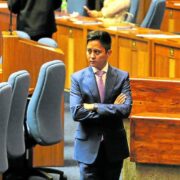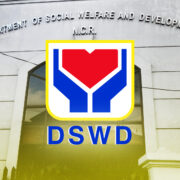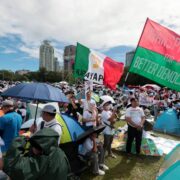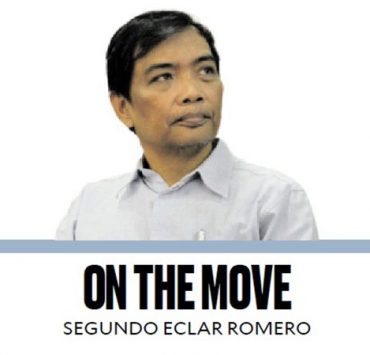Still trailing our neighbors
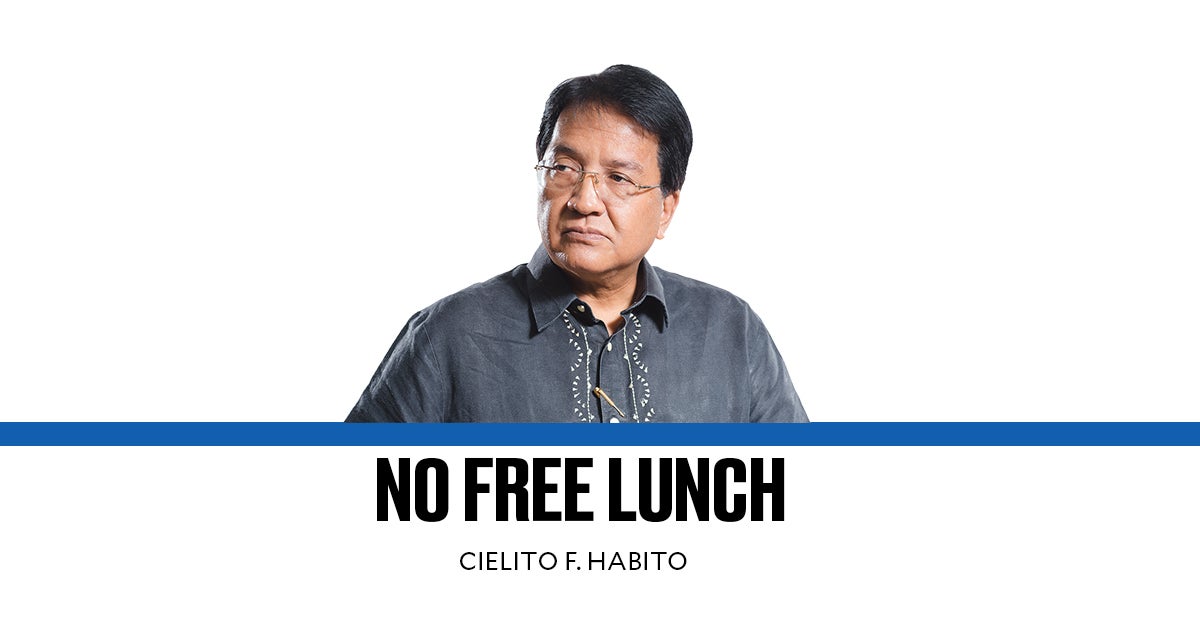
I last examined how our economy is doing relative to our Southeast Asian peers one and a half years ago (“Trailing our neighbors,” 10/3/23). How have things changed since? We see improvement in our absolute numbers, but in comparison to our neighbors, it’s a mix of ups and downs. Let me summarize what the most recent available data tells us.
First, our price hikes have moderated but remain among the fastest. Among the Asean-6 (Indonesia, Malaysia, Philippines, Singapore, Thailand, and Vietnam), Vietnam now has the highest inflation rate at 2.9 percent as of February (against our 2.1 percent, still the second fastest). But we’ve come a long way from grappling with a 6-percent inflation rate in 2023 that far exceeded the 3.1-percent average for the others caused then by our rapid food price increases. Thankfully, this has since eased from 8 percent in 2023 to 2.6 percent as of last month. But this easing was not because of improved domestic food production—which fell last year—but because of increased food imports. Our most urgent economic challenge remains raising our domestic agricultural production with improved productivity, and hence lower costs. I’ve constantly argued that it’s time we have a serious multisectoral effort to attack the problem at its root, which is flawed governance of the sector, rather than keep throwing more money at the Department of Agriculture without revamping it.
Second, we remain having the second highest rate of joblessness, even as unemployment has eased. Indonesia still has the highest unemployment rate, which eased from 5.3 to 4.9 percent from 2023 to 2024, while ours improved from 4.4 to 3.8 percent. But this is still much higher than the 2.2 percent average for the other four. The alarming problem hiding below the surface is the fact that nearly one in every two jobless Filipinos (44 percent) has now gone to college, with 36 percent having earned a degree. Clearly, we need higher-level jobs than our economy is able to provide right now, and that will require more investments in manufacturing, where our labor productivity (hence income) is highest. I already wrote about this last week (“Our industrialization challenge, 3/25/25”).
Third, our economy’s overall growth improved marginally, but we’re no longer the fastest. In 2023, we led the Asean-6 with a 5.5 percent gross domestic product (GDP) growth, over Indonesia’s and Vietnam’s 5.1 and 5 percent, respectively. But our slightly higher 5.6 percent growth in 2024 was swept aside by Vietnam’s 7.1 percent, as the other four also improved their GDP growth rates to an average of 4.3 percent from 3.1 in 2023. The disturbing fact was that agriculture actually declined by 1.6 percent, even as the sector grew positively in the others (up to 3.3 percent in Vietnam) except for Thailand, which also saw agriculture contract but by less (-1.1 percent). One cannot stress enough how urgent it is to reverse our agriculture slide, via focused public goods support to raise productivity, reduce costs, and improve competitiveness against imports, which must ultimately be seen as a help, not a threat.
Fourth, with Malaysia, we remain to have the most unequal income distribution among our neighbors. The standard measure of this is the Gini index, which is calculated from a graph of income distribution in the economy. It is zero in perfect equality (when all have the same income) and 100 (percent) under perfect inequality (one person gets all the income). Among the Asean-6, the Philippines and Malaysia are the most unequal, with the highest Gini index of 40.7. Thailand has the most equal distribution, with a Gini index of 34.9, while Singapore has 37.1 and Vietnam and Indonesia both have 36.1. Even much poorer Myanmar has a Gini index of 30.7, denoting much better income distribution than most of Asean.
From a position of economic preeminence in our region in the 1960s to the early ’70s, we now find ourselves left behind, lagging behind our neighbors in various aspects of economic well-being. When we ask ourselves why, the conclusion invariably reached is that destructive and divisive politics and politicians have held us back. Rather than color ourselves red, yellow, pink, or green; or distinguish ourselves as Ilocanos, Visayans, Tagalogs or Bicolanos; or draw lines between Muslims and Christians, Catholics and other Christians, mestizos and katutubos; or identify with the elite or the masa—why can’t we all just latch onto the things that unite us, and set our sights on our common enemy, which is our backwardness as a nation borne out of our very divisions?
In May, we need to vote for leaders who will unite us to move in one direction, and rebuke those who keep fragmenting us into aimless hordes.









